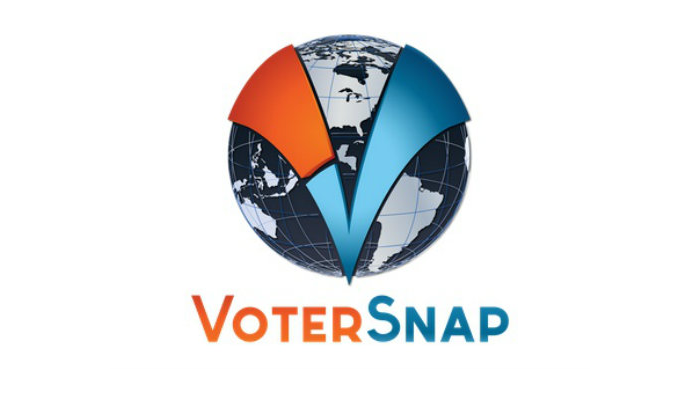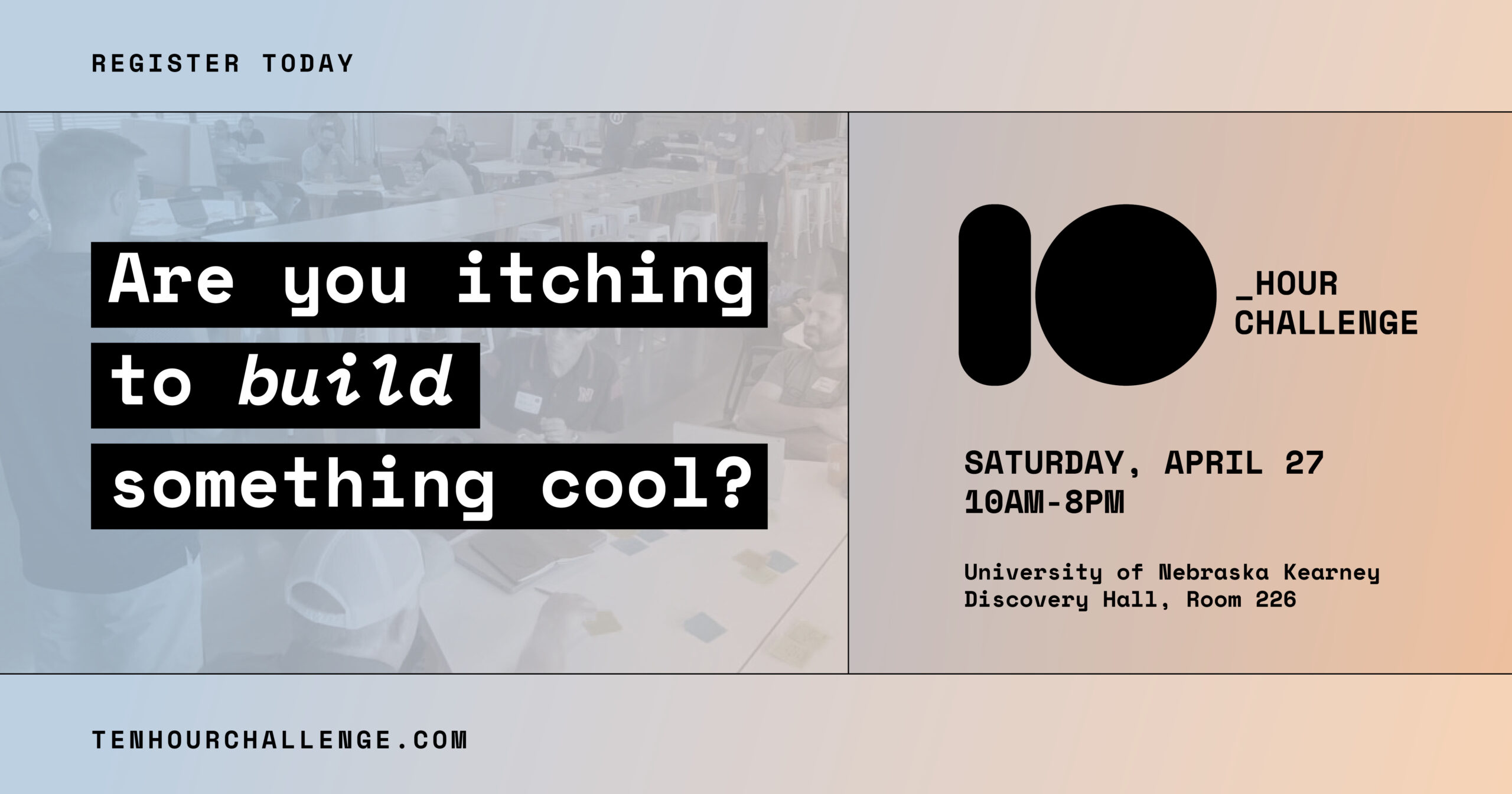In January 2014, Patrick John Stevens made a New Year’s resolution to make his app idea VoterSnap a reality. Two days later he lost his job.
“They changed CEOs, and I wasn’t being very observant,” said Stevens.
Stevens had been working remotely in Omaha for a New York City startup. One day he got a call that they were laying off most of the staff, including him.
When that happened, Stevens decided that it was time to focus full-time on VoterSnap.
BECOME A SPONSOR
Join us in championing the narrative of success, resilience, and ingenuity that defines Nebraska’s startup community. Learn more »
“Looking back on it, I don’t think I would’ve been able to learn what I needed to learn and actually accomplish that goal, if I wasn’t full time,” Stevens said.
What is VoterSnap?
VoterSnap is an app that informs voters about candidates on their ballot. It is unique because it recreates the voter’s exact ballot based on their street address and zip code.
Most people know who they want for president, some know who they want for senate, but very few people are informed when it comes to state and local races.
“It doesn’t feel good when they get to that part of the ballot, but they don’t really think about it until they vote. So how do you solve that problem?” said Stevens.
Right now people have voter guides or they Google the candidates names. Neither of these options are easy to wade through at the moment you are voting.
“We’re making the easy button for getting informed,” said Stevens.
Winter: Overcoming paralysis
Stevens had been researching the problem of voter education for a while; he even created visualizations for an app. However, he admits he was paralyzed by trying to solve all the potential problems in his head before getting started.
That’s Steven’s biggest piece of advice for people thinking about following his path.
“Take action on the very next thing you can take action on,” said Stevens. “Because that’s the only thing you really can do. You can try to solve problems ahead of time, but you don’t even know those problems are going to happen. You’re a startup. You can pivot based on what you learn. If you spend all your time trying to solve problems that may not happen, you’re just wasting time.”
Spring: Testing the prototype with real users
Stevens began by testing his idea using mobile prototyping software. He didn’t even have to code it.
“I had to cut and paste all these mockup screens in a row and make it interactive. I literally had a 100-screen prototype. But instead of a mockup it was my first working app,” said Stevens. “It was so ghetto.”
He focused on voters in one neighborhood in Douglas County and one neighborhood in Sarpy County.
Although Stevens knew friends in those neighborhoods, he received feedback from users that he had never met before. He noticed his users were older than he was targeting. Even better, users were impressed with the app. They found it a simple and powerful tool.
“Their feedback was better than I could’ve expected,” said Stevens.
Summer: Finding college students to develop the app
Once Stevens had received user feedback, he was ready to build the app.
He was at the Big Omaha after party at House of Loom, when one of his friends mentioned that there were a couple programs at the University of Nebraska at Omaha where students would build apps for cheap or free.
“I was like, ‘That sounds amazing.’” said Stevens. “’Free is awesome.’”
Stevens ended up working with a UNO student development team called The Attic. The contract was directly with the university, and he was treated as a professional client.
“I got some extra design work I wasn’t expecting and a development team,” said Stevens. “They worked with me on the pricing so that it was very reasonable for a startup founder like me that hadn’t produced any revenue yet.”
 Fall: The importance of timing in marketing
Fall: The importance of timing in marketing
Stevens finished the app just in time for the election. He began promoting the app after it was finished, but he realizes in retrospect that he should’ve started his marketing earlier.
“I was [thinking], ‘Well, everybody’s going to flock to me, and maybe I would do some Facebook ads and a little PR,’” said Stevens. “What I found out is that PR is really effective. We had a TV spot, and we had a bunch of signups from that.”
Stevens also learned a lot about working with the candidates to get the information. Candidates are overwhelmed with requests for information. Even if filling out the form for VoterSnap takes five minutes, they don’t want to do it if it’s following many hours of filling out questionnaires.
Year 2: More elections, more learning
VoterSnap is live for the Lincoln primary on April 7 and general election on May 5.
This time Stevens acted on a lot of the lessons learned from the previous election.
“We started marketing a month out from the election, even though the app wasn’t ready. We created landing pages for the candidates that provide their information, but it was also a signup page.”
The results so far are mixed.
“We’ve got a lot of clicks,” said Stevens. “The conversion rate is lower than we would like, but we’re encouraged because we know it’s working.”
Stevens is also encouraged because many of the marketing hypotheses he is testing have been confirmed.
“People are searching the way we thought they were searching,” said Stevens.
What’s next? Becoming a revenue-generating nonprofit, seeking sponsors
In the coming months VoterSnap is planning to move from being an LLC to becoming a revenue-generating, nonpartisan nonprofit. They are also looking a fiscal sponsor who aligns with their mission.
Stevens gives the example of a working with an organization like Rock The Vote.
“Their mission is empowering the youth to vote. But they aren’t empowering the youth to vote educated. Just vote,” said Stevens. “But what’s interesting is that VoterSnap–by getting people to invest just a minute of their time–increases their likelihood of voting.”
The goal now is to put together a presentation of their data, proving that they can solve the problem.
“Unless they believe you can solve the problem, they aren’t going to give you any funding,” said Stevens. “I wouldn’t either.”
Stevens would like to use funding to hire local ambassadors in other locations to run VoterSnap. He plans to run VoterSnap in a Canadian election this fall and most major US markets by the 2016 election.




